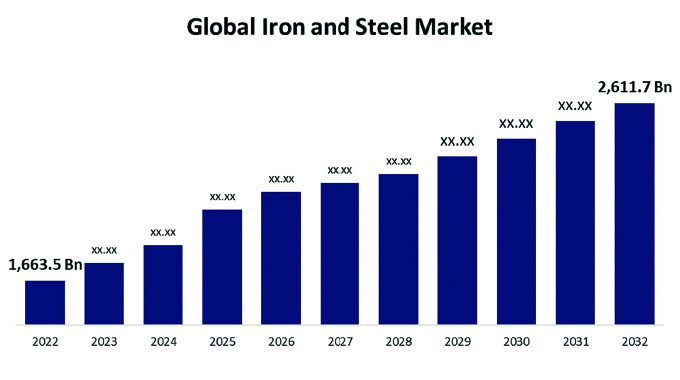Rand continues to weaken
The country imports at least 60 percent of mostly basic products from South Africa as local industry has no capacity due to a myriad of challenges such as capital constraints and high cost of production.
There is a general feeling in some quarters that the fall in the rand against the greenback would bring import benefits to retailers as buying from South Africa would become less expensive.
The rand’s slide over the past several months from 8,46 in January to 9,79 this month was sparked by concern of labour disruptions and a decline in commodity prices.
Zimbabwe uses a basket of currencies that include the US dollar, the Botswana pula, South African rand, British pound and the euro, but the greenback is the predominant currency as well as the reporting currency for public listed companies.
Economic analyst Mr Herbert Mazonde said a weak rand will have a positive impact as importers would have to use less money to buy goods from South Africa.
“The informal traders who use the rand will benefit as this means more goods for less US dollars,” he said.
Mr Mazonde also said local manufacturers were likely to benefit as they rely on South African raw materials, goods and services and this would mean that the cost of production would consequently go down.
“Bearing in mind that Zimbabwe is a net importer of South African goods and services, this will have a positive impact on the balance of payments in nominal terms which means that the Government has to raise fewer dollars to clear its debt,” he added.
He, however, added that this development would have a negative effect on the exporters as this meant that they would have to spend more.
Harare businessman Mr William Mutomba, who operates retail chain Shoppa Stoppa, said assuming South African suppliers maintained prices at current levels, the weakening of the rand would benefit Zimbabwean importers.
“If they maintain prices, it would be of great benefit to Zimbabwe because of the stronger US dollar, but prices will certainly rise in SA because of the weakening rand as a reflection of rising inflation as it has a cost- push effect. If they maintain prices in SA, it means they would be losing the value of their products.”
Small to Medium Enterprises Association of Zimbabwe chief executive Mr Farai Mutambanengwe said the weakening of the rand was a positive development to the SMEs.
“This is good news to the SMEs that are importing many goods from South Africa. Any weakening of the rand means there is a lowering of prices,” he said.
President of the Zimbabwe National Chamber of Commerce Mr Oswell Binha said the current developments in South Africa regarding the unstable rand were not a major cause for concern.
He said although the rand was recognised as accepted currency in the country, it was a good thing that it was working alongside the US dollar that was more stable.
“The rand is a turbulent currency dependent on the performance of the South African economy hence its impact on the Zimbabwean economy is insignificant because the rand is not the currency of first choice,” he said.
He said the cross rate exposure meant that people had to spend more money in South Africa and this meant that imports became more expensive while people using the US dollar would get more value for their money.
“South Africa constitutes the bulk of our imports so the weakening of the rand is not good as it erodes the value of the imports,” he said.








Comments